Discovering the world of coffee can be an exciting journey, especially when you dive into the art of selecting the right beans. From the rich flavors to the unique aromas, every cup of coffee tells a story waiting to be discovered. Whether you’re a novice or a seasoned coffee enthusiast, understanding how to choose the right beans is essential for creating that perfect brew at home.
As we explore the importance of roasting, you’ll learn how this crucial process transforms green beans into the aromatic delights we all love. It’s not just about the taste; roasting enhances the flavors and brings out the best in each type of bean. With the right tools and techniques, roasting coffee can become a fun and rewarding experience.
In addition to choosing and roasting, extracting the perfect cup involves various methods that bring out distinct flavors. With so many options available, understanding these extraction methods can help you craft a cup that suits your personal taste. Each technique has its own charm, adding to the overall coffee experience.
Finally, let’s not forget about storage. Properly storing your coffee is key to preserving its freshness. By choosing the right containers and methods, you can ensure that every cup remains flavorful and enjoyable. Get ready to dive into the delightful world of coffee, and let’s unlock the secrets together!
- Learn how to choose the best coffee beans for your taste.
- Discover the roasting process and essential tools you need.
- Explore various extraction methods to enhance your coffee experience.
How to Choose Coffee Beans and Types
Basic Knowledge of Coffee Beans
When it comes to coffee, understanding the different types of beans is fundamental to enjoying this beloved beverage. Coffee beans primarily come from two species: Arabica and Robusta. Arabica beans are known for their smooth, mild flavor and aromatic profile, making them a popular choice among coffee lovers. On the other hand, Robusta beans tend to have a stronger, more bitter taste and higher caffeine content, making them ideal for espresso blends.
It’s also important to consider the origin of the beans. Different regions produce beans with distinct flavors. For example, Ethiopian coffees often have fruity and floral notes, while Colombian coffees are typically well-balanced with a nutty sweetness. Exploring these variations can greatly enhance your coffee experience, allowing you to find the perfect match for your palate.
Finally, pay attention to the roast date when choosing your beans. Freshly roasted coffee is key to achieving optimal flavor. Beans can lose their freshness and flavor over time, so selecting coffee that has been roasted recently will ensure you enjoy the best possible cup.
- Coffee beans mainly come from Arabica and Robusta species.
- The origin of the beans greatly affects their flavor profile.
- Freshness is crucial; choose beans with a recent roast date.
Recommended Types of Beans
Now that you have a basic understanding of coffee beans, let’s delve into some recommended types that can elevate your coffee game. If you’re looking for a smooth and flavorful cup, consider trying a high-quality Arabica from regions like Central America. These beans are often cultivated at high altitudes, contributing to their complex flavors and acidity.
For those who appreciate a bolder taste, exploring Robusta beans might be the way to go. Blending Robusta with Arabica in your espresso can create a rich, full-bodied drink with a nice crema on top. It’s a great option if you enjoy a more intense coffee experience.
Don’t forget to experiment with blends as well. Many roasters create unique combinations of beans from various regions, each bringing its own character to the mix. This can be a fun way to explore different flavor profiles and find your ideal cup.
Lastly, consider trying single-origin coffees, which highlight the distinct characteristics of a specific region. They can provide a unique tasting journey and deepen your appreciation for the diverse world of coffee.

If you’re eager to enhance your coffee journey, you might find it beneficial to explore more about the essentials of brewing at home. Check out this article, Enjoy Coffee at Home! Recommended Beans and Brewing Methods for Beginners, which provides valuable insights into selecting the right beans and brewing techniques tailored for beginners.
- High-quality Arabica from Central America offers smooth flavors.
- Robusta beans blend well for a bolder espresso experience.
- Explore unique blends to discover new flavor profiles.
- Single-origin coffees provide a distinct tasting journey.
The Importance of Roasting and Basics
The Roasting Process
Roasting coffee is a transformative journey that turns green beans into the fragrant, rich morsels we crave. This process is where the magic happens, as heat brings out the unique flavors locked inside each bean. As the beans roast, they undergo various chemical changes, resulting in distinct tastes and aromas. Whether you prefer a light, medium, or dark roast, understanding this process can significantly enhance your coffee experience.
The right roast can elevate your brew to new heights. For example, a light roast preserves the original characteristics of the bean, allowing the flavors of its origin to shine through. Conversely, darker roasts often have a bolder and more intense flavor profile. By experimenting with different roasting levels, you can discover which style resonates with your taste buds.
- Roasting transforms green beans into rich flavors.
- Different roast levels affect the taste and aroma.
- Experimenting can help you find your preferred roast style.
Tools Suitable for Roasting
When it comes to roasting coffee, having the right tools is crucial. Many coffee enthusiasts start with a simple stovetop popper or a dedicated coffee roaster. These devices allow for precise temperature control and consistent results. A good-quality roaster can help you achieve that perfect roast without any guesswork.
In addition to the roaster, you’ll want to invest in a reliable thermometer to monitor the temperature during the roasting process. This ensures that you hit the ideal roast level every time. A scale is also helpful for measuring the amount of beans you plan to roast, allowing you to experiment with different batch sizes and roast profiles.
Lastly, don’t forget about cooling tools. After roasting, it’s essential to cool the beans quickly to stop the roasting process. A simple baking sheet works well, but you can also find dedicated cooling trays designed for coffee. These tools will help you maintain the quality of your roasted beans and ensure they’re ready for brewing.
- A stovetop popper or dedicated coffee roaster is essential.
- A thermometer helps monitor temperature for the perfect roast.
- Cooling tools are necessary to stop the roasting process.
Methods of Coffee Extraction
Basics of Extraction
Once you’ve selected and roasted your coffee beans, the next step in your coffee journey is extraction. This process is crucial as it determines how flavors are released from the coffee grounds into your cup. By understanding the basics of extraction, you can enhance your brewing skills and create a delicious cup that truly reflects your taste preferences.
Extraction involves several factors such as water temperature, brew time, and grind size. Each of these elements can significantly influence the flavor of your coffee. For instance, using water that’s too hot can lead to over-extraction, resulting in a bitter taste. Conversely, if the water temperature is too low, under-extraction can occur, leading to a sour or weak flavor. Finding the right balance is key to achieving that perfect brew.
- Water temperature plays a vital role in flavor extraction.
- Brew time affects how much flavor is pulled from the coffee grounds.
- Grind size must match your brewing method for optimal results.
Types and Features of Extraction Methods
Now that we have a basic understanding of extraction, let’s explore some popular coffee brewing methods. Each technique has its unique characteristics that can affect the final taste of your cup, so it’s worth experimenting with different methods to find your favorite.
One popular method is the pour-over technique. This approach allows for precise control over the brewing process. By pouring hot water over the coffee grounds in a circular motion, you can ensure even extraction. This method often results in a clean and flavorful cup, highlighting the bean’s origin characteristics. Many coffee enthusiasts appreciate the ritual and mindfulness that comes with this brewing style.
Another method to consider is the French press. This technique allows coffee grounds to steep in hot water for an extended period, resulting in a rich and full-bodied flavor. The metal filter used in a French press allows oils and fine particles to pass through, giving the coffee a distinct texture. If you enjoy a robust coffee experience, this method might be just what you’re looking for.
Espresso is another extraction method worth mentioning, especially for fans of strong coffee. By forcing hot water through finely ground coffee under pressure, you create a concentrated shot filled with flavor and a creamy layer of crema on top. Espresso serves as the base for various coffee drinks, such as lattes and cappuccinos, making it a versatile choice for many coffee lovers.
Lastly, there’s the cold brew method, which has gained popularity in recent years. This technique involves steeping coffee grounds in cold water for an extended period, typically 12 to 24 hours. The result is a smooth, low-acidity coffee that can be enjoyed over ice or mixed with milk. Cold brew offers a refreshing alternative, especially during warmer months.
- Pour-over provides control and highlights the bean’s origin.
- French press yields a rich, full-bodied flavor.
- Espresso creates a concentrated shot perfect for various drinks.
- Cold brew offers a smooth, refreshing alternative for hot days.
How to Store Coffee and Tips
Storage Methods to Keep Freshness
Now that you’ve chosen and roasted your coffee beans, the next important step is storing them properly to maintain their freshness. The way you store your coffee can significantly impact the flavor and aroma of each cup you brew. To ensure that your coffee remains as delightful as possible, it’s essential to keep a few key points in mind.
First, consider the environment where you store your coffee. Exposure to light, heat, and moisture can quickly degrade the quality of your beans. A cool, dark place is ideal for keeping your beans fresh. Many coffee enthusiasts recommend avoiding the refrigerator, as it can introduce moisture and odors. Instead, a pantry or cupboard away from heat sources works best.
Additionally, think about the duration of storage. If you’re buying in bulk, it’s best to divide your beans into smaller portions. This way, you can keep the majority sealed and only open what you plan to use within a week or two. This practice helps preserve the freshness of the beans for a longer time.
Lastly, don’t forget about the frequency of use. If you’re brewing coffee daily, consider how quickly you go through your beans. Regularly rotating your stock ensures that you always have fresh coffee on hand, enhancing your overall coffee experience.
- Store coffee in a cool, dark place.
- Avoid the refrigerator to prevent moisture and odors.
- Divide bulk beans into smaller portions for better freshness.
Choosing the Right Containers for Storage
Selecting the right containers for your coffee storage is just as crucial as the storage methods you choose. Using appropriate containers can help protect your beans from elements that compromise their quality.
Opt for airtight containers made of opaque materials like ceramic or dark glass. These types of containers effectively block out light and limit air exposure, which can lead to oxidation and staleness. If you can, look for containers with a one-way valve that allows gases to escape while preventing air from entering; this feature is helpful after roasting, as freshly roasted beans can release carbon dioxide.
It’s also a good idea to label your containers with the roast date, so you can keep track of freshness. This small step can help you enjoy your coffee at its best and remind you when it’s time to buy a new batch. Investing in quality storage solutions will pay off in the long run, giving you the flavorful experience you’re looking for with every brew.
- Use airtight containers made of opaque materials.
- Look for containers with one-way valves for optimal storage.
- Label containers with roast dates for freshness tracking.
Summary
As we wrap up our exploration of the coffee journey, it becomes clear that selecting the right beans, roasting them properly, and using the right tools can significantly elevate your coffee experience. Understanding the nuances of each step—from bean selection to extraction—allows you to appreciate the rich tapestry of flavors that coffee has to offer. With a little practice and experimentation, you can create your perfect cup right at home.
Storing your coffee correctly is equally important. By employing the right storage methods and containers, you can maintain the freshness and flavor of your beans longer. Remember to keep them in a cool, dark place, and consider using airtight containers to protect them from light and air. This will ensure that every cup you brew is as delightful as the last.
In summary, coffee is not just a beverage; it’s an experience that connects us to different cultures and histories. Whether you’re a newbie or a seasoned pro, each step in your coffee-making process is an opportunity for exploration and enjoyment. So, get ready to brew your next cup and savor the journey!
- Selecting quality beans is the first step to a great cup of coffee.
- Proper roasting is essential for enhancing the flavors of your beans.
- Using the right tools and storage methods helps maintain freshness and flavor.
We’d love to hear about your coffee experiences and any tips you might have. Feel free to share your thoughts in the comments below!



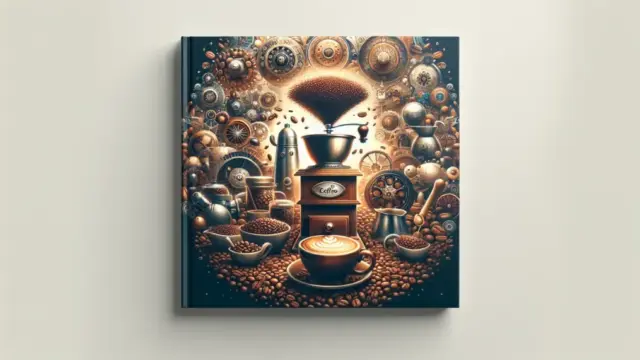



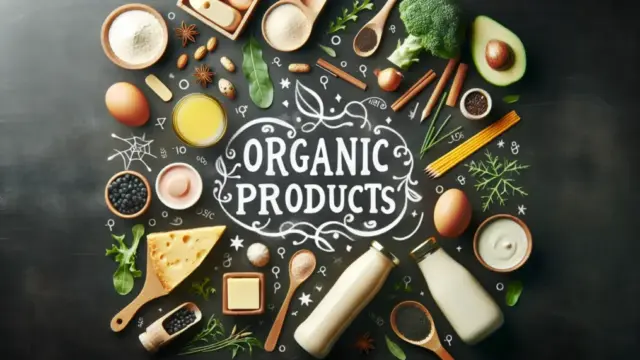






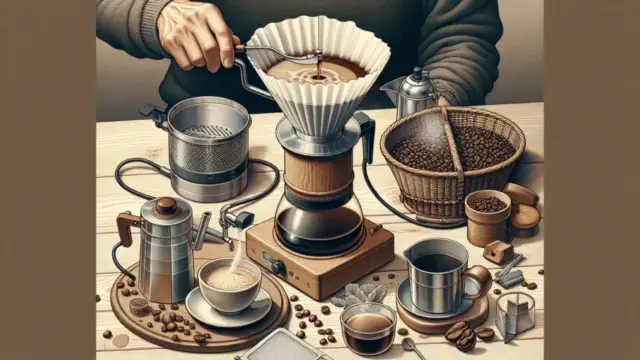




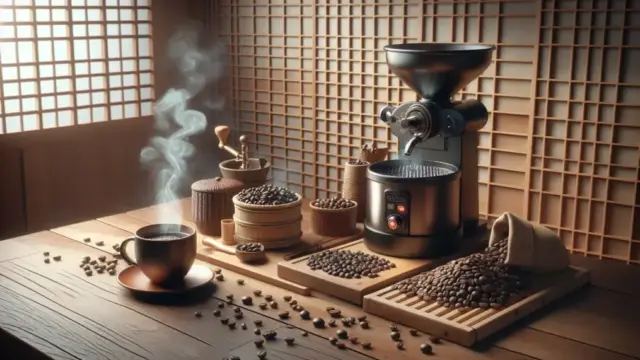
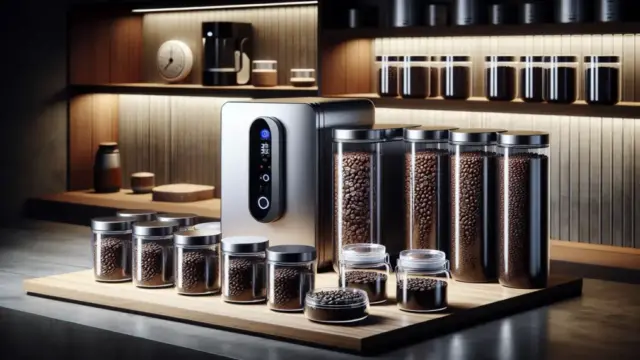


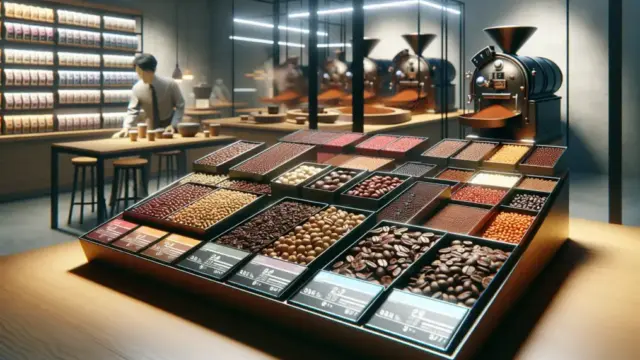



















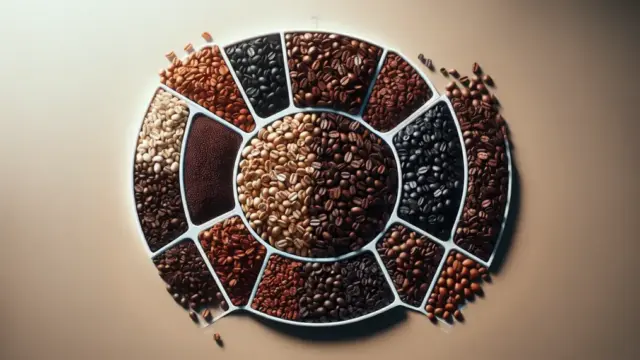








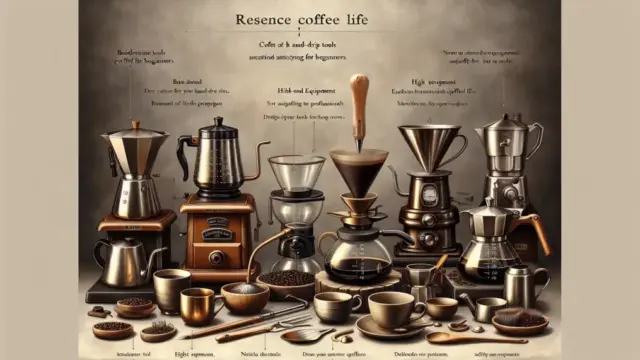



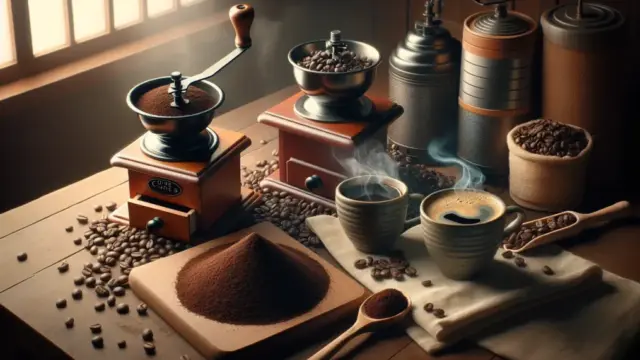




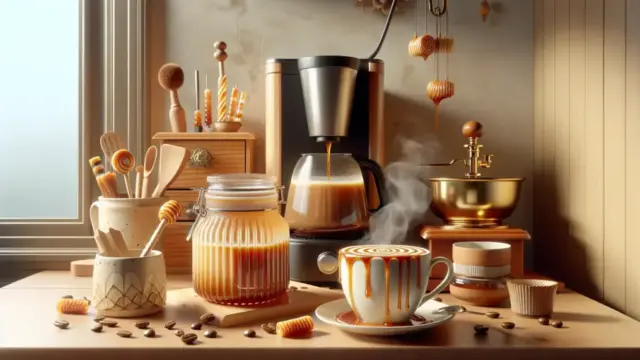






Comment